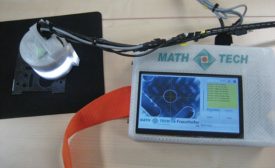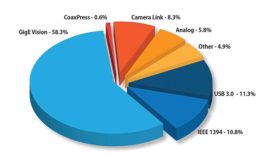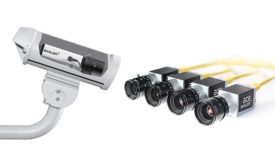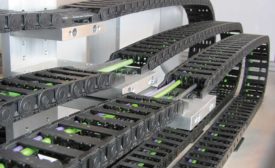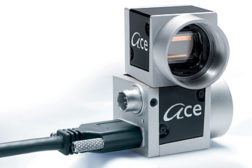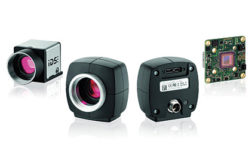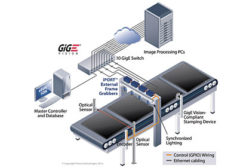Home » Keywords: » usb 3.0
Items Tagged with 'usb 3.0'
ARTICLES
Portable optical inspection system for composite materials with USB 3.0 camera provides reproducible measurement results including documentation.
Read More
USB Brings Cost and Connectivity Advantages to Imaging
USB is the most prevalent method to connect computers and peripheral devices. Taking a survey of my desk there are a multitude of devices—a smartphone, headphones, a camera, mouse and keyboard—that rely on a USB connection.
March 1, 2018
3-D Imaging: Past, Present, and Future
EXPERTS FROM CHROMASENS, BITFLOW DESCRIBE THE STATE OF 3-D IMAGING IN MACHINE VISION.
September 8, 2015
Don’t Come Up Short
LEARN HOW TO SELECT APPROPRIATE CABLES FOR YOUR PROJECT.
September 8, 2015
Video Interfaces Provide a Clear View Forward
ALTHOUGH THE VIDEO INTERFACE IS A SMALL PART OF THE OVERALL VISION SYSTEM, IT HAS A LARGE IMPACT ON THE USABILITY, COST AND SCALABILITY OF THE FINAL PRODUCT.
September 11, 2014
Get our new eMagazine delivered to your inbox every month.
Stay in the know with Quality’s comprehensive coverage of the manufacturing and metrology industries.
SIGN UP TODAY!Copyright ©2024. All Rights Reserved BNP Media.
Design, CMS, Hosting & Web Development :: ePublishing
